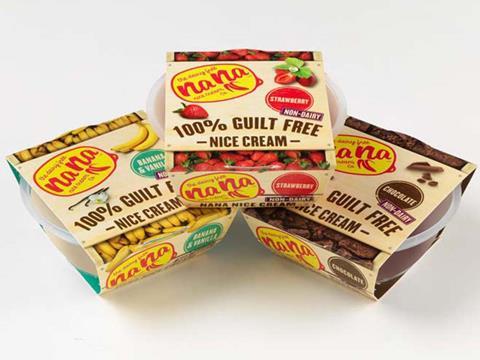
A new business has launched a banana-based ‘ice cream’ claimed to be nutritious enough to eat for breakfast.
Nana Nice Cream is a frozen blend of banana, apple, avocado, sunflower oil, date and natural flavours. It is currently available in three varieties - vanilla, strawberry and chocolate - in 120ml tubs (rsp: £1.99), with 500ml tubs in development.
Nana’s health credentials are based on its fruit content of more than 90%, with a 120ml serving providing one of the 5 a day. On average, 100g contains 117 calories compared with up to 270 calories in ice cream, and 10.6g of sugar compared with 15g to 30g in ice cream.
Founder Margie Broadhead, who runs food blog Made By Margie and has worked as a chef at Windsor Castle, launched the brand this summer and is now in talks with major retailers after securing listings in independents.
The concept had great potential, commented Don Williams, CCO of branding agency Pi Global. “The idea of having a fast ‘treat’ for breakfast and one that might actually be healthier - more nutritious, dairy and gluten-free, little or no refined sugar - is potentially very interesting,” he added. “Nana Nice Cream is a great name, the packaging is strong and it’s a unique and motivating concept.”
The launch of Nana follows a run of activity in ice cream alternatives in the past two years including The Coconut Collaborative launching frozen Snowconut yoghurts, Almond Dream rolling out nut-based products in Waitrose, and Unilever moving its soy-based Swedish Glace under the Wall’s Umbrella. This March, Taywell introduced what it said was the UK’s first range of lactose and gluten-free dairy ice creams - Sweet Rebellion.
Branding expert Claire Nuttall said ice cream alternatives were an “on-trend, compelling and growing space in the category” that Nana was well placed to gain a presence in. “I think the base flavour of banana, while healthy and energising, can be polarising,” said Nuttall, “but the all-natural ingredients, no added sugar, low satfat and calorie content is not bad for a treat that sounds delicious and better for you too.”
Nuttall cautioned that the product’s non-dairy status could prove confusing for free-from consumers, as it was not classed as dairy-free due to its production environment. “It’s a shame it is not made in a dairy-free factory,” she said. “This would be a great benefit for those with genuine dairy intolerances and could potentially be confusing for healthy lifestylers confusing non-dairy with dairy free.”








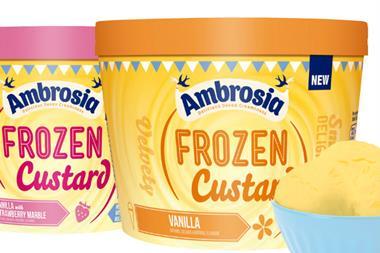
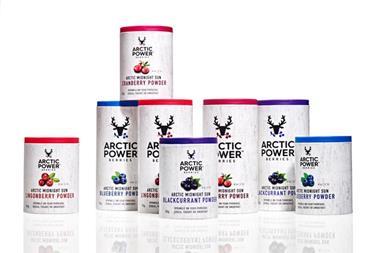
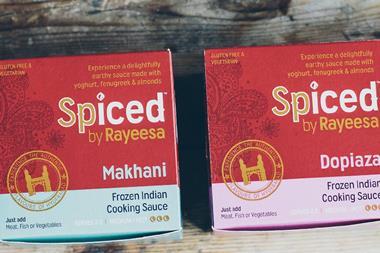

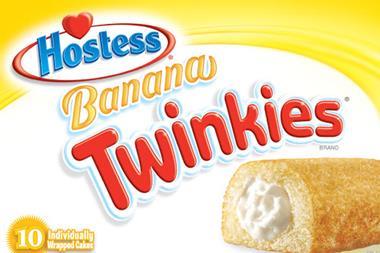

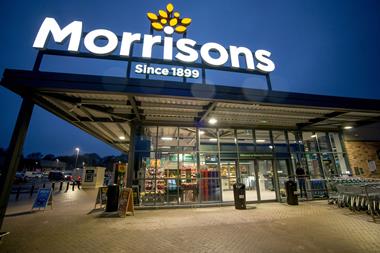
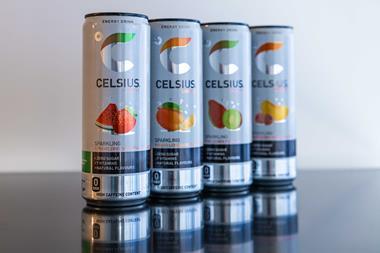

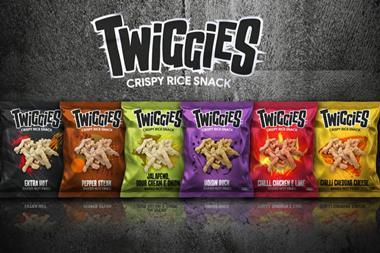

No comments yet